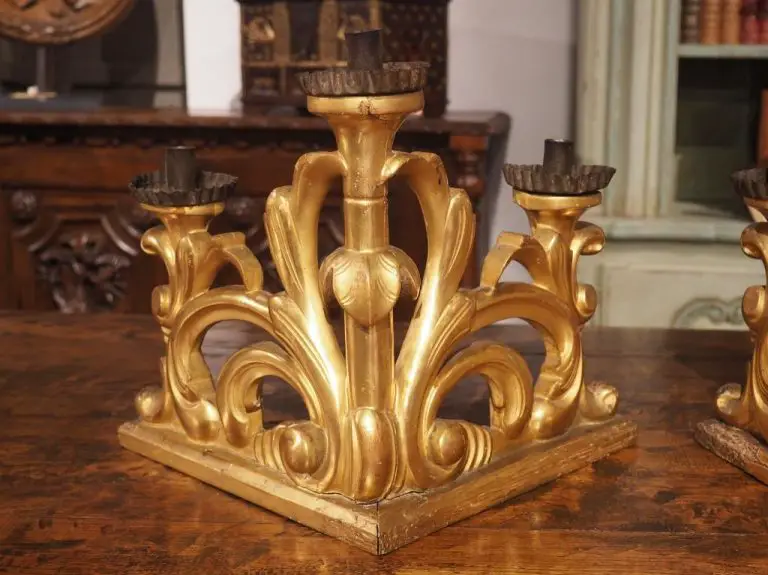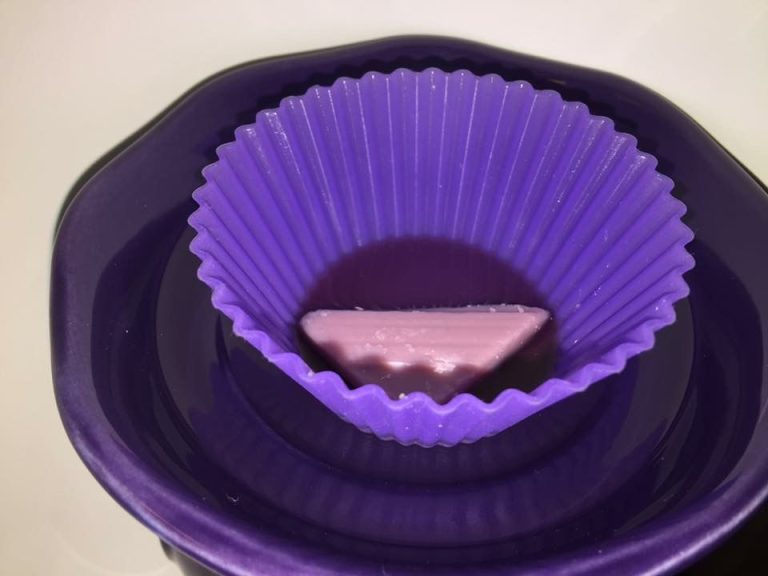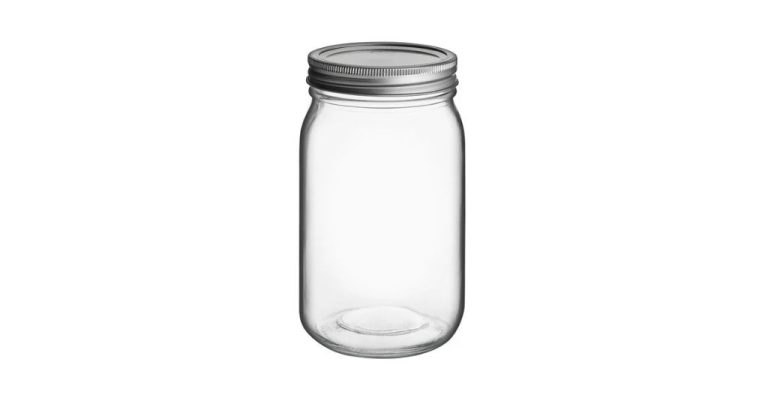What Can I Use As A Mold For Wax?
Wax molds are reusable forms made out of wax that can be used to create identical wax models or to make casts and molds from other materials. They play an important role in the lost-wax casting process, one of the oldest known metal-forming techniques. In lost-wax casting, the wax mold is used to create a wax model, which is then surrounded by a refractory material and heated, melting out the wax and leaving a cavity into which molten metal can be poured to produce a metal casting.
Wax molds allow for consistent, high-quality reproduction of designs and have made it possible to efficiently mass produce detailed metal parts and objects. They are used to create jewelry, dentures, crowns, and sculptures. Wax molds can also be used to make reproductions in materials like plaster and concrete. Overall, wax molds enable artisans and manufacturers to quickly and accurately reproduce forms.
Silicone
Silicone is a heat resistant material that does not melt. According to Silicone.co.uk, the auto ignition temperature of silicone rubber is approximately 450°C. While silicone can withstand high temperatures, it is not recommended for continuous use above 200°C. As per research from Viking Extrusions, silicone rubber remains solid at extreme temperatures until combustion occurs.
![]()
Silicone molds are ideal for casting wax candles, as wax typically needs to be heated to 150-200°F maximum to melt properly for casting. Silicone offers high heat resistance, so it will not melt or deform when pouring melted wax into the mold.
Metal
Metal molds are highly durable and can be reused many times for casting wax models. Some common metals used for wax molds include aluminum, brass, bronze, steel, and zinc.
Metals like aluminum and zinc are lightweight and easy to work with. Brass, bronze, and steel are heavier but very sturdy for capturing intricate details. Metal molds can withstand the heat needed to pour melted wax without deforming.
Machinists and jewelers often use metal to create molds for lost wax casting processes. The mold can be reused indefinitely to produce multiple identical wax model castings. Metals like aluminum and brass can be cast from a wax positive mold and then finished by machining or polishing. This allows for high precision molds.
According to The Crucible, metals like bronze work well for lost wax casting of jewelry and small sculptures. The metal can capture fine details from a wax model and withstand the hot molten metal needed for the final casting material such as silver or gold.
Glass
Glass is a very popular material for creating molds for wax candles because of its transparency. When candles are poured into a glass mold, the glass allows you to see the full color and design of the wax through the sides of the mold.
This transparency allows for beautiful swirls, layers, and other designs to be fully visible in the final candle once it has hardened and been removed from the mold. Glass offers a crystal clear view of the candle wax. Some styles of glass molds like hurricane vases create stunning pillar candles that showcase all angles of the wax design.[1]
The smooth surface of glass also helps release hardened wax easily from the mold without sticking. Glass is an ideal mold material when you want to showcase the full beauty of colored and designed candle wax.
Wood
Wood is a natural material that can be used to create custom candle molds. Pieces of wood like small bowls, blocks, or even branches can be carved out or hollowed to form the shape you want for your candle. According to Etsy, some of the best-selling wooden candle molds are hand-carved bowls and baguette shapes.
The benefit of using wood is that it’s a natural, inexpensive material. You can find small wooden bowls and blocks at craft stores for just a few dollars. Or you may even have suitable pieces of wood around your home already that can be repurposed into custom molds. The wood itself will add an organic, rustic look and feel to the finished candle.
Just be sure to seal and coat the inside of the wood mold so the wax doesn’t soak into the grain and stain the wood. A food-safe sealer or even a few coats of mod podge can work well. Wax can be easily popped out of the sealed wood mold once cooled.
Plaster
Plaster is a common material used for making molds for wax casting. Plaster of Paris, also called gypsum plaster, is easy to use and inexpensive. When mixed with water, the plaster powder hardens into a durable solid that can be carved and shaped. One of the benefits of plaster for wax molds is that it absorbs moisture well, allowing the wax to release from the mold more easily. This prevents distortion or sticking. Plaster needs to be sealed properly to prevent moisture absorption over time. Overall, plaster is an accessible option for hobbyists looking to create molds on a budget.
As explained on the Art in the Studio blog, “Before we began making molds, Kim explained about plaster, also referred to as plaster of Paris, but sold as ‘gypsum plaster’ in large paper bags at art supply and hardware stores.” (Source)
Plastic
Plastic is a common material used to make molds for wax melts. Plastic molds are inexpensive, lightweight, and come in a variety of shapes and sizes. Some benefits of plastic molds include:
- Versatile – Plastic can be molded into just about any shape. You can find plastic molds shaped like flowers, trees, geometric shapes, animals, holiday themes, and more.
- Disposable – Many plastic molds are designed for single use. This makes it easy to simply throw away the mold when you’re done rather than having to clean and reuse it.
- Affordable – Simple plastic molds are very affordable, often costing just pennies per mold. This makes trying out new shapes and designs very budget friendly.
- Customizable – Basic plastic molds can be painted, embellished, or combined together to create custom designs.
While plastic is not as durable for continual reuse as materials like silicone or metal, the low cost and disposability makes it a practical choice for hobbyists or those wanting to experiment with wax melt designs. Plastic molds can be purchased from craft stores, online retailers like Amazon, or wholesalers like Nature’s Garden.
Rubber
Rubber is a popular material for making molds for wax casting. Rubber stands out for its flexibility and durability. Rubber molds can flex and bend without breaking, making them easy to work with when demolding intricate wax patterns. The flexibility also allows the molds to be peeled away without damaging delicate wax pieces.
Rubber is also highly durable, capable of withstanding the heat of liquid wax being poured in repeatedly. As long as the rubber is the appropriate shore hardness, it can be reused many times before needing replacement. This makes rubber a cost-effective option. Silicone rubber in particular offers excellent heat resistance and longevity for wax casting molds.
Some common rubber materials used for lost wax casting molds include silicone, latex, and polyurethane rubber. Silicone rubber is a top choice for its precision, flexibility, and heat resistance up to over 500°F. It can pick up fine detail for intricate wax patterns. Specialized casting rubbers are also available, formulated for low shrinkage and easy wax release.
Sources:
https://contenti.com/casting-supplies/lost-wax-mold-rubber
Clay
Clay is a popular material for making custom molds for wax. It allows you to easily sculpt shapes by hand. Sources: https://www.artmolds.com/molding-materials/clays-waxes.html, https://www.amazon.com/Clay-Molds-sweet-moulds/s?keywords=Clay+Molds&rh=n%3A262604011%2Cp_6%3AA2V4BHCMQVAFS1&c=ts&ts_id=262604011. Clay allows you to sculpt custom shapes by hand, which can then be used to create one-of-a-kind wax molds. The moldability of clay makes it easy to craft molds in any shape imaginable. Simply sculpt the desired shape out of clay, let it fully dry and harden, and then pour melted wax into the mold. Once cooled, the hardened wax will take on the exact shape of the clay mold. This allows endless customization options compared to pre-made molds. With clay, crafters can create unique wax pieces for candles, soaps, jewelry, sculpture, and more. The handmade look of clay molds adds artistic flair to finished wax pieces.
Conclusion
There are many materials that you can creatively use as a mold for wax. Silicone is one of the most common options due to its flexibility and ability to capture fine detail. Metal molds like aluminum and tin offer excellent heat transfer but can be difficult to work with. Glass works similarly and provides a very smooth surface. Wood and plaster have been used for centuries to make all kinds of wax casting molds, though they lack the finer detail possible with silicone. Everyday plastic and rubber items can also be repurposed as simple molds, as well as clay which enables sculpting whatever form is desired. The best mold material depends on factors like the intended shape, number of uses, surface finish, budget, and time/skill involved. Yet with some creativity, even common household items can become suitable molds for various wax casting and candle making projects.




